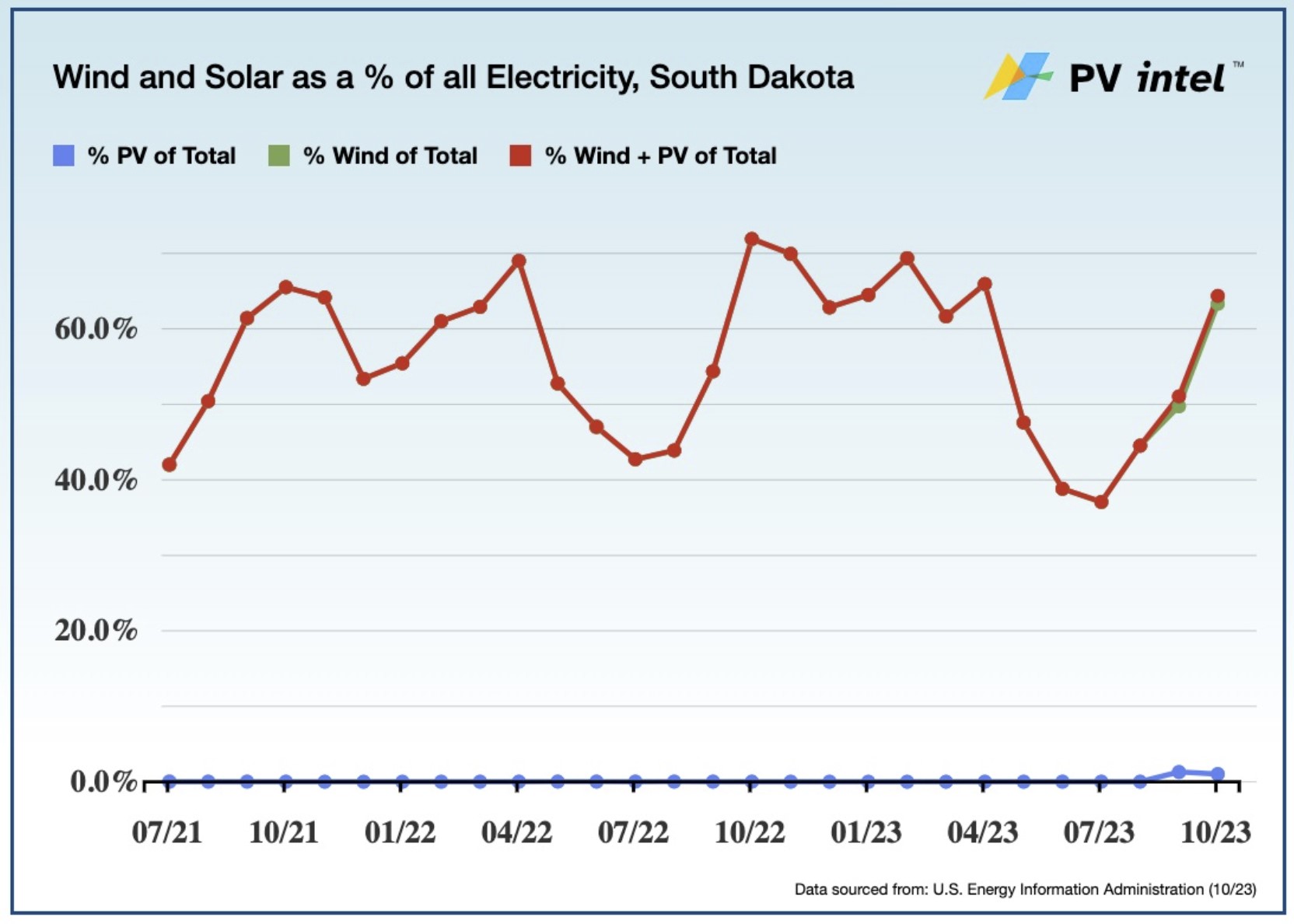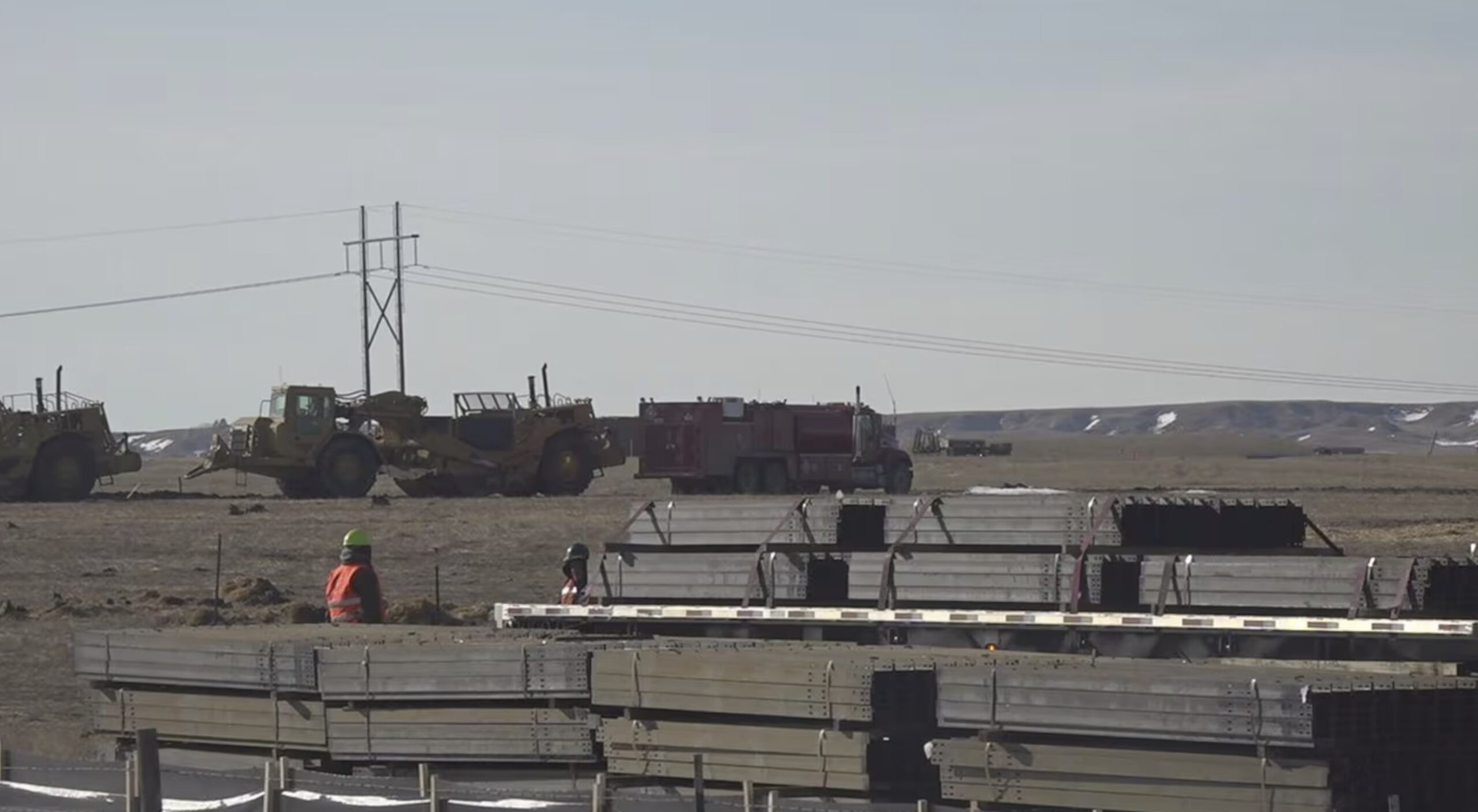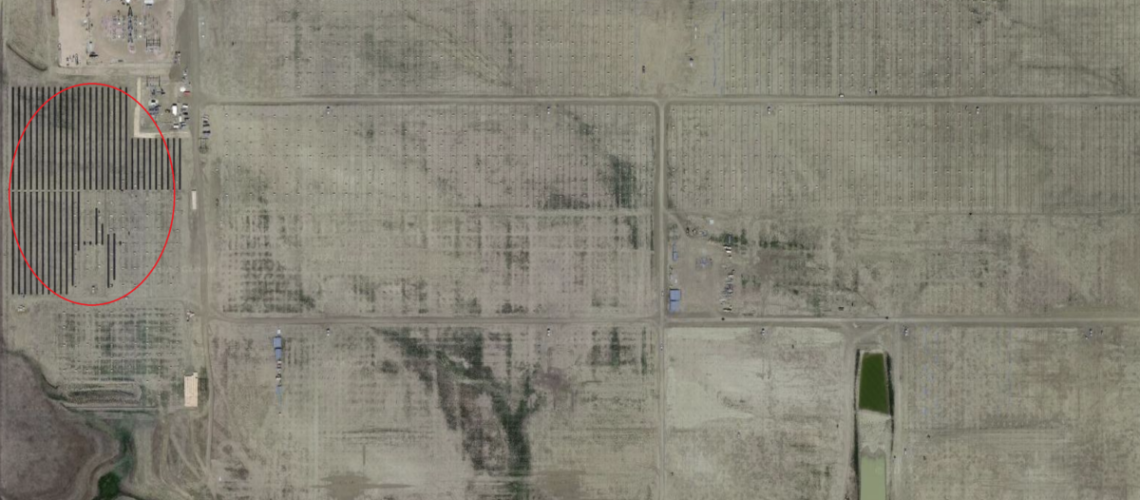South Dakota had a solar energy surge with the activation of its first utility-scale facility, an 80 MWac project. The state anticipates a doubling in capacity by 2024, with the addition of a second 128 MWac utility-scale solar facility.
In 2023, solar electricity generation in South Dakota was set to increase by approximately 3,600% compared to 2022, as highlighted in pv magazine USA’s 50 States of Solar output report. This growth stems from the addition of a single utility-scale solar power plant – the Fall River Solar facility, located in Fall River, South Dakota.
The 80 MWac Fall River facility came online in September 2023, according to the U.S. Department of Energy’s Energy Information Administration (EIA). Before this addition, the sum total of South Dakota’s solar power capacity consisted of a solitary 1 MWac solar power plant, and roughly 5 MW of distributed small-scale solar.
In October, approximately 14 GWh of South Dakota’s electricity originated from solar sources, with an overwhelming 96.5% coming from the Fall River solar facility. The plant generated nearly 1.3% of the state’s electricity in September and around 1% in October. Throughout the year, the facility is estimated to produce 189 GWh of electricity under a 20-year power purchase agreement with Black Hills Energy.
The vast majority of South Dakota’s electricity currently originates from wind power, contributing 40% of the state’s electricity in June and peaking around 70% during autumn and winter months, averaging 57.5% annually in 2022. Overall, the state’s electricity generation is remarkably clean, with its CO2-free generation varying between 93% and 60% on a monthly basis. Wind and hydroelectric sources make up 84% of the state’s generation, while coal and gas contribute about 15.7%.

For at least one more year, solar power is expected to expand significantly. According to the EIA, the Wild Springs Solar facility is expected to come online in April 2024, and at 128 MWac, it will more than double the state’s solar capacity over the previous year. Local reporting from Black Hills Fox indicates that the facility has already broken ground. Owned by National Grid Renewables, this new plant will increase the state’s total utility scale capacity from 81 MW to 209 MW.
This growth is statistically significant. Historically, South Dakota derives less than 16% of its electricity from coal and gas. The introduction of solar facilities contributing more than 2% to the state’s electricity mix has the potential to substantially reduce the state’s remaining fossil fuel reliance and cut related emissions. However, the specifics of integrating this new solar capacity into the broader generation mix remain complex and are beyond the scope of this publication’s current analysis.

Source: Blackhillsfox.com
The prospects for distributed solar in South Dakota, however, appear limited. This is largely due to electricity prices being at or below the national average and political choices, notably reflected in the state’s decision to not participate in the Solar for All initiative under the Inflation Reduction Act. South Dakota was joined by Florida, Idaho, Montana, North Dakota, and Nevada in opting out of the funding from this federal initiative.
In terms of fiscal impact, utility-scale solar power in South Dakota is subject to a $3/kilowatt annual nameplate capacity tax and a $0.0009/kWh generation tax. National Grid Renewables anticipates that their solar project will generate approximately $330,000 in tax revenue annually, accounting for 1/12th of the county’s tax receipts.



